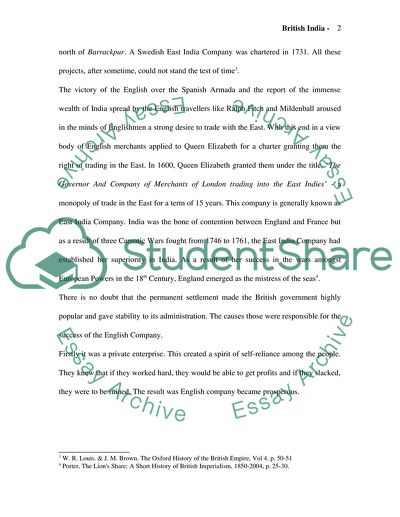Cite this document
(“Why was India so important to Britain between c. 1858 and 1914 Essay”, n.d.)
Why was India so important to Britain between c. 1858 and 1914 Essay. Retrieved from https://studentshare.org/miscellaneous/1552226-why-was-india-so-important-to-britain-between-c-1858-and-1914
Why was India so important to Britain between c. 1858 and 1914 Essay. Retrieved from https://studentshare.org/miscellaneous/1552226-why-was-india-so-important-to-britain-between-c-1858-and-1914
(Why Was India so Important to Britain Between C. 1858 and 1914 Essay)
Why Was India so Important to Britain Between C. 1858 and 1914 Essay. https://studentshare.org/miscellaneous/1552226-why-was-india-so-important-to-britain-between-c-1858-and-1914.
Why Was India so Important to Britain Between C. 1858 and 1914 Essay. https://studentshare.org/miscellaneous/1552226-why-was-india-so-important-to-britain-between-c-1858-and-1914.
“Why Was India so Important to Britain Between C. 1858 and 1914 Essay”, n.d. https://studentshare.org/miscellaneous/1552226-why-was-india-so-important-to-britain-between-c-1858-and-1914.


